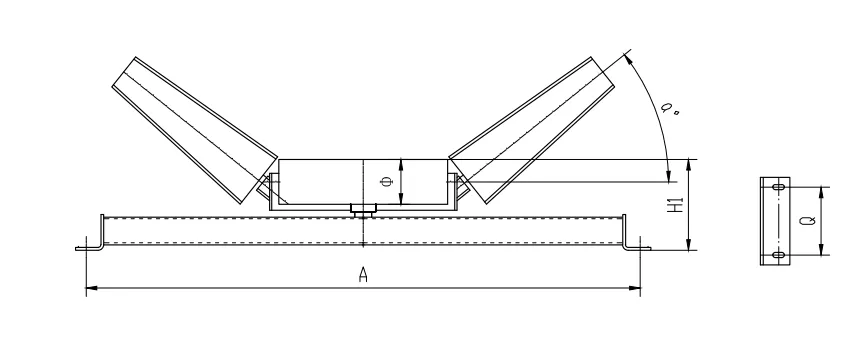 Afrikaans
Afrikaans  Albanian
Albanian  Amharic
Amharic  Arabic
Arabic  Armenian
Armenian  Azerbaijani
Azerbaijani  Basque
Basque  Belarusian
Belarusian  Bengali
Bengali  Bosnian
Bosnian  Bulgarian
Bulgarian  Catalan
Catalan  Cebuano
Cebuano  Corsican
Corsican  Croatian
Croatian  Czech
Czech  Danish
Danish  Dutch
Dutch  English
English  Esperanto
Esperanto  Estonian
Estonian  Finnish
Finnish  French
French  Frisian
Frisian  Galician
Galician  Georgian
Georgian  German
German  Greek
Greek  Gujarati
Gujarati  Haitian Creole
Haitian Creole  hausa
hausa  hawaiian
hawaiian  Hebrew
Hebrew  Hindi
Hindi  Miao
Miao  Hungarian
Hungarian  Icelandic
Icelandic  igbo
igbo  Indonesian
Indonesian  irish
irish  Italian
Italian  Japanese
Japanese  Javanese
Javanese  Kannada
Kannada  kazakh
kazakh  Khmer
Khmer  Rwandese
Rwandese  Korean
Korean  Kurdish
Kurdish  Kyrgyz
Kyrgyz  Lao
Lao  Latin
Latin  Latvian
Latvian  Lithuanian
Lithuanian  Luxembourgish
Luxembourgish  Macedonian
Macedonian  Malgashi
Malgashi  Malay
Malay  Malayalam
Malayalam  Maltese
Maltese  Maori
Maori  Marathi
Marathi  Mongolian
Mongolian  Myanmar
Myanmar  Nepali
Nepali  Norwegian
Norwegian  Norwegian
Norwegian  Occitan
Occitan  Pashto
Pashto  Persian
Persian  Polish
Polish  Portuguese
Portuguese  Punjabi
Punjabi  Romanian
Romanian  Russian
Russian  Samoan
Samoan  Scottish Gaelic
Scottish Gaelic  Serbian
Serbian  Sesotho
Sesotho  Shona
Shona  Sindhi
Sindhi  Sinhala
Sinhala  Slovak
Slovak  Slovenian
Slovenian  Somali
Somali  Spanish
Spanish  Sundanese
Sundanese  Swahili
Swahili  Swedish
Swedish  Tagalog
Tagalog  Tajik
Tajik  Tamil
Tamil  Tatar
Tatar  Telugu
Telugu  Thai
Thai  Turkish
Turkish  Turkmen
Turkmen  Ukrainian
Ukrainian  Urdu
Urdu  Uighur
Uighur  Uzbek
Uzbek  Vietnamese
Vietnamese  Welsh
Welsh  Bantu
Bantu  Yiddish
Yiddish  Yoruba
Yoruba  Zulu
Zulu conical roller
The Versatility and Importance of Conical Rollers
In the realm of engineering and manufacturing, the role of bearings is critical in ensuring the smooth operation and longevity of machinery. Among various types of bearings, conical rollers stand out due to their unique design and function. These conical-shaped rollers are integral components in various applications, ranging from automotive to industrial machinery, and they are renowned for their ability to handle both radial and axial loads.
What are Conical Rollers?
Conical rollers are a type of rolling element bearing, designed with a conical shape, which allows them to effectively manage loads that are applied at an angle to the axis of the rotating shaft. Each roller is tapered, resembling a cone, providing a larger surface area for contact with the raceway. This design feature not only enhances the load-carrying capacity but also enables the bearing to function smoothly under high-speed conditions and heavy loads.
Applications of Conical Rollers
Due to their robust nature, conical rollers find applications in various fields. One of the most prominent uses is in automotive wheel hubs, where they support the weight of the vehicle while allowing for smooth rotation of the wheels. The ability of conical rollers to accommodate axial loads makes them particularly useful in differential gears and transmission systems, where precise positioning and stability are essential.
Beyond the automotive sector, conical rollers are employed in industrial machinery such as conveyor systems, heavy equipment, and manufacturing tools. The ability to handle varying loads and operate efficiently in different environments makes conical rollers indispensable in many industrial configurations. In the aerospace industry, they are used in landing gears, allowing for safe and reliable operation during takeoff and landing.
Advantages of Conical Rollers
conical roller

The design of conical rollers offers several advantages over conventional cylindrical roller bearings. Firstly, their tapered shape provides a line contact rather than a point contact, leading to lower stress concentrations on the roller and raceway surfaces. This characteristic enhances the overall bearing life and reliability.
Additionally, the conical design results in reduced friction during operation, leading to improved efficiency. The capability to support both radial and axial loads means fewer components need to be used in machinery, simplifying design and reducing weight. This efficiency can translate into cost savings for manufacturers over time, making conical rollers a smart investment.
Maintenance and Care
Though conical rollers are designed for durability, regular maintenance is essential to ensure optimal performance. Operators should monitor lubrication levels, as proper lubrication reduces wear and tear on both the rollers and the raceways. Regular inspections can help identify potential issues, such as excessive play or signs of corrosion, which could lead to premature failure if left unaddressed.
In extreme operating conditions, such as high temperatures or exposure to harsh chemicals, the selection of appropriate materials and lubricants becomes critical. Adopting preventive maintenance routines can significantly extend the lifespan of conical rollers and the machinery they support.
Conclusion
Conical rollers have become integral to modern engineering, offering a combination of strength, efficiency, and versatility across a multitude of applications. Their ability to manage complex loading scenarios while maintaining smooth operation has positioned them as vital components in various industries. As machinery continues to evolve, the importance of high-quality roller bearings, like conical rollers, will only increase, ensuring that they remain a key focus for engineers and manufacturers alike. Investing in reliable conical roller bearings will undoubtedly contribute to enhanced productivity and operational success in diverse settings.
-
Revolutionizing Conveyor Reliability with Advanced Rubber Lagging PulleysNewsJul.22,2025
-
Powering Precision and Durability with Expert Manufacturers of Conveyor ComponentsNewsJul.22,2025
-
Optimizing Conveyor Systems with Advanced Conveyor AccessoriesNewsJul.22,2025
-
Maximize Conveyor Efficiency with Quality Conveyor Idler PulleysNewsJul.22,2025
-
Future-Proof Your Conveyor System with High-Performance Polyurethane RollerNewsJul.22,2025
-
Driving Efficiency Forward with Quality Idlers and RollersNewsJul.22,2025





























